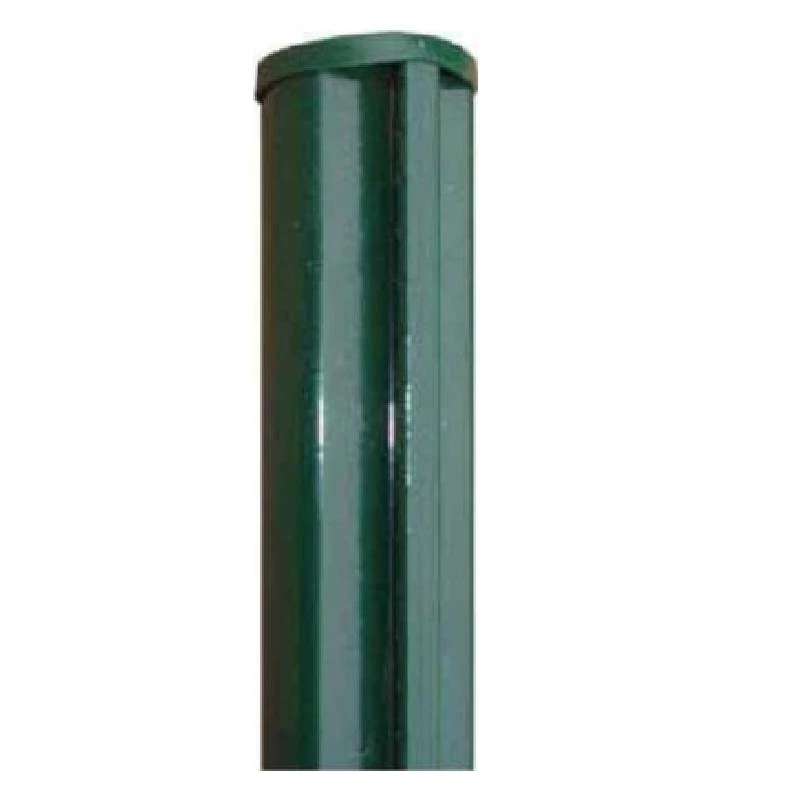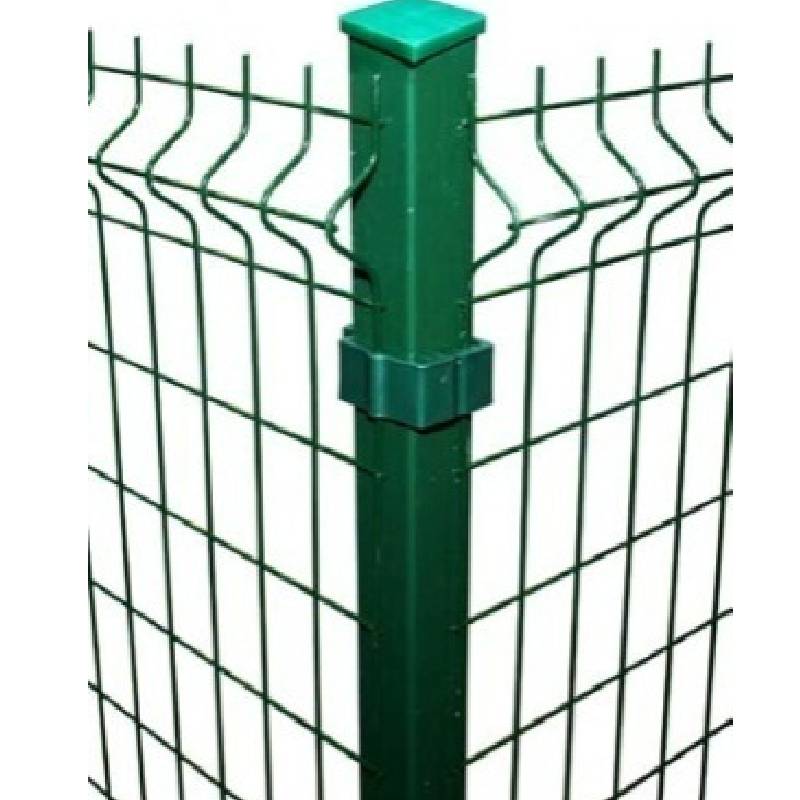-
I-imeyile:zhao@hyliec.cn
-
Umnxeba:+86 311 85273988
-
Whatsapp:8613931128750
-
 umAfrika
umAfrika -
 Albanian
Albanian -
 Amharic
Amharic -
 IsiArabhu
IsiArabhu -
 Armenian
Armenian -
 IsiAzerbaijani
IsiAzerbaijani -
 Basque
Basque -
 IsiBhelarushiyen
IsiBhelarushiyen -
 Bengali
Bengali -
 Bosnian
Bosnian -
 Bulgarian
Bulgarian -
 isiKhathalan
isiKhathalan -
 Cebuano
Cebuano -
 isiKhorsikhen
isiKhorsikhen -
 Croatian
Croatian -
 Czech
Czech -
 Danish
Danish -
 IsiDatshi
IsiDatshi -
 IsiNgesi
IsiNgesi -
 isiEsperanto
isiEsperanto -
 Estonian
Estonian -
 Finnish
Finnish -
 IsiFrentshi
IsiFrentshi -
 IsiFrisian
IsiFrisian -
 Galician
Galician -
 Georgian
Georgian -
 IsiJamani
IsiJamani -
 IsiGrike
IsiGrike -
 Gujarati
Gujarati -
 isiKriyoli saseHayiti
isiKriyoli saseHayiti -
 Hausa
Hausa -
 isiHawayi
isiHawayi -
 IsiHebhere
IsiHebhere -
 Hayi
Hayi -
 Miao
Miao -
 Hungarian
Hungarian -
 Iceland
Iceland -
 igbo
igbo -
 Indonesian
Indonesian -
 Irish
Irish -
 IsiTaliyani
IsiTaliyani -
 IsiJaphani
IsiJaphani -
 Javanese
Javanese -
 Kannada
Kannada -
 isiKazakh
isiKazakh -
 Khmer
Khmer -
 isiRwanda
isiRwanda -
 Korean
Korean -
 isiKhudish
isiKhudish -
 isiKyrgyz
isiKyrgyz -
 I-TB
I-TB -
 isiLatini
isiLatini -
 Latvian
Latvian -
 isiLithuwaniya
isiLithuwaniya -
 isiLuksembogu
isiLuksembogu -
 Mecedonian
Mecedonian -
 Malgashi
Malgashi -
 Malay
Malay -
 Malayalam
Malayalam -
 Maltese
Maltese -
 isiMawori
isiMawori -
 Marathi
Marathi -
 isiMongoliya
isiMongoliya -
 Miyanimar
Miyanimar -
 Nepali
Nepali -
 Norwegian
Norwegian -
 Norwegian
Norwegian -
 Occitan
Occitan -
 isiPhashto
isiPhashto -
 Persian
Persian -
 Polish
Polish -
 IsiPhuthukezi
IsiPhuthukezi -
 isiPhunjabi
isiPhunjabi -
 Romanian
Romanian -
 IsiRashiya
IsiRashiya -
 isiSamoa
isiSamoa -
 IsiGaelic saseScottish
IsiGaelic saseScottish -
 isiSebhiya
isiSebhiya -
 IsiNgesi
IsiNgesi -
 IsiShona
IsiShona -
 Sindhi
Sindhi -
 IsiSinhala
IsiSinhala -
 Slovak
Slovak -
 Slovenian
Slovenian -
 isiSomali
isiSomali -
 Spanish
Spanish -
 IsiSundanese
IsiSundanese -
 Swahili
Swahili -
 Swedish
Swedish -
 Tagolog
Tagolog -
 IsiTajik
IsiTajik -
 Tamil
Tamil -
 IsiTatar
IsiTatar -
 Telugu
Telugu -
 IsiThai
IsiThai -
 IsiTurkey
IsiTurkey -
 isiTurkmen
isiTurkmen -
 Isi-Ukraine
Isi-Ukraine -
 IsiUrdu
IsiUrdu -
 Uighur
Uighur -
 IsiUzbek
IsiUzbek -
 IsiVietnamese
IsiVietnamese -
 IsiWelsh
IsiWelsh -
 Nceda
Nceda -
 Yiddish
Yiddish -
 IsiYoruba
IsiYoruba -
 IsiZulu
IsiZulu
Indawo yokubiyela
What Type Of Fence Post Is Best?
The best type of fence post depends on various factors such as the type of fence, local climate, soil conditions, and personal preferences. Common options for fence posts include:
1. Round steel posts: Round steel posts are a traditional and versatile choice, suitable for various fence types. They can be treated to resist rot and decay, but may require maintenance over time.
2. Square steel posts and rabbet posts offer durability and strength, making them suitable for supporting heavy or high-security fences. They are resistant to rot and insect damage.
3. Steel round posts/ square posts/ rabbet with base plate: They are suitable to install on the concrete ground, and fixed by concrete nails.
What Size Is A Fence Post?
Fence posts come in various sizes, typically having Φ32 Φ34 Φ38 Φ48 Φ60 Φ80 for round steel posts and 40x40 60x60 40x60 60x60 80x80 100x100 etc for square tube posts in dimension. The specific size of a fence post depends on the type of fence being installed, the height and weight of the fence panels, and the local building codes or regulations. It's important to select the appropriate size of fence post to ensure stability and structural integrity for the specific fencing project. Consulting with a professional or referring to local building codes can provide guidance on the recommended size of fence posts for a particular application.
Fence Post FAQ:
What type of fence post is best?
The best type of fence post depends on various factors such as the type of fence, local climate, soil conditions, and personal preferences. Common options for fence posts include round steel posts, square steel posts and rabbet steel posts, posts with base plate or without base plate. Each type has its own advantages and considerations, so it's important to choose the most suitable option based on the specific requirements of the fence project.
What size is a fence post?
Fence posts come in various sizes, typically typically having Φ32 Φ34 Φ38 Φ48 Φ60 Φ80 for round steel posts and 40x40 60x60 40x60 60x60 80x80 100x100 etc for square tube posts in dimension. The specific size of a fence post depends on the type of fence being installed, the height and weight of the fence panels, and local building codes or regulations. It's important to select the appropriate size of fence post to ensure stability and structural integrity for the specific fencing project.
How to install a panel fence?
Paneling a fence involves several steps, including measuring and planning, installing the posts, attaching the panels, adding finishing touches, and performing regular maintenance. It's important to follow the manufacturer's instructions and local building codes when paneling a fence to ensure proper installation and compliance with regulations. If in doubt, it's advisable to consult with a professional or seek guidance from experienced individuals.






